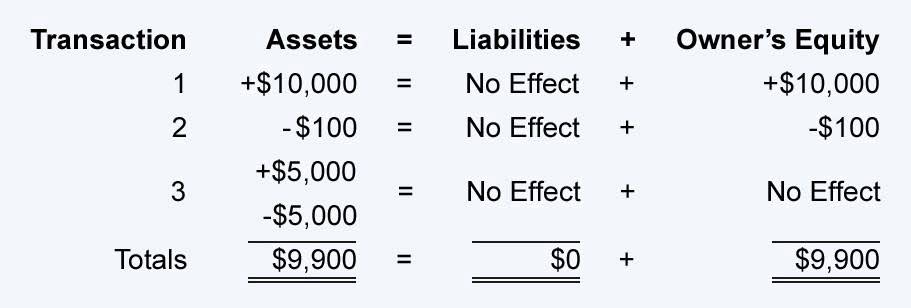
Maintaining a positive cash flow is not just about balancing the books but about ensuring that the work progresses and the job site remains active and productive. Digital tools, such as project management services and construction recording transactions accounting software integrations, put you in control of your cash flow. Leveraging technology will give your construction company real-time financial insights so you can make informed decisions. The Profit First method for contractors is a cash flow management system that prioritizes profit over expenses. It’s designed to help construction companies increase profitability and improve cash flow. At Construction Cost Accounting (CCA), we understand the unique financial challenges faced by construction businesses.
Project cash flow- Construction cost management
Cash flow is the cash coming into and going out of your construction business during a specific period — and managing it well is necessary for your long-term success. A healthy cash inflow and outflow shows you have the ability to collect from customers and enough cash to cover your expenses, which is especially important in the construction industry. Often, you need to bid on the next big project even before you get paid for your last project, which makes managing a construction company’s cash flow vital. Staying on top of your construction company’s cash flow is essential for ensuring its financial health. The right tools, like hh2’s Construction Software, make this process even easier. Book your demo to see how hh2 helps improve visibility into your project’s costs and manage cash flow.
Distribute the projected cost throughout the project schedule.
- There are three types of classifications of costs that spend on a particular project.
- Adhering to contract terms is fundamental in construction project management.
- Strongly consider setting a realistic goal to reduce that number to 50 days.
- Accurate budgets detail all incoming expenses, leaving room for construction contingencies to absorb surprise costs without wiping out cash reserves.
- Cash flow in construction is a common problem due to factors like long payment cycles, upfront expenses for materials and labor, and unexpected delays.
A solid understanding of how money flows through your construction projects is the foundation upon which you build a successful, sustainable business. In this guide, we’ll explore the nuances of cash flow in construction, analyze common challenges, and share effective strategies to improve your company’s financial well-being. Categorizing and forecasting expenses is equally essential for effective financial planning in construction projects. This involves breaking down and estimating various expenditures, encompassing material costs, labor law firm chart of accounts expenses, subcontractor payments, administrative overheads, and other operational costs.
Track what’s happening on projects

This involves ensuring transparency and accuracy in financial statements, which is essential for compliance with regulatory standards. Meeting these requirements not only demonstrates accountability but also maintains transparency in financial operations, fostering trust among stakeholders. In the construction industry, several challenges can significantly impact cash flow in construction.


It might suggest that the project isn’t progressing as expected, indicating a need to reassess and potentially adjust the project timeline to align with the original schedule. By financing materials for a construction job, you can keep more cash on hand for payroll, take on other projects, or make necessary capital expenditures. Programs like Levelset’s Materials Financing offer long payment terms and low financing charges that make it possible for contractors to pay for materials when they get paid—and stay cash flow positive.
Tips for improving cash flow in construction
Many, many companies report late payments and most of these companies don’t penalise late payments. This results in more and more late payments and negative cash flows, and the cycle continues. Furthermore, this focus on detail and precision aligns well with the implementation of standardized classification systems for financial management, such as MasterFormat for job costing. Utilizing a unified system ensures consistency in managing and reporting financial data.
Cashflow Issues in Construction and How to Tackle Them
Finally, if you have any construction loans, you’ll want to incorporate your monthly repayments or interest into your outflow calculation. There is a concept in the contracting world known as kicking the can down the road. This looks something like going in too low on a construction cash flow bid or taking a job that doesn’t have great terms or margins simply because you need the work so you can ensure you have cash coming in.
A big part of managing cash flow in construction is about collecting what you earn as quickly as possible. Companies that implement a strict mechanics lien policy are able to collect payments faster and with less effort than businesses who only protect certain jobs. Creating positive cash flow in a construction business is all about managing working capital – the liquid cash you have in your bank account available to pay bills, wages, and expenses. If you are buying equipment or vehicles with cash, you are stealing money from yourself.
- These tools provide a comprehensive overview of cash flow, enabling more informed financial decisions throughout the project lifecycle.
- When you preemptively set a profit margin, you know exactly how much money you’re working with.
- Track and manage your expenses – including setting limits on spending – by requiring purchase approvals before any materials hit your expense sheet.
- This approach also helps to keep stakeholders informed about the project’s financial status.
- Technology has an immense role to play in managing cashflow in construction projects.
Integrated solutions work to optimize expense management and create smooth, efficient billing processes that significantly reduce unnecessary payment delays and protect businesses from cash shortages. Automating financial processes not only saves time but also improves accuracy and provides real-time financial data for better decision-making. The domino effect of such delays often reverberates through the payment cycle, putting stress on contractors trying to balance the books. Construction companies need to be prepared for these eventualities and have contingency plans to mitigate the impact on their cash flow projections.

Leave A Comment